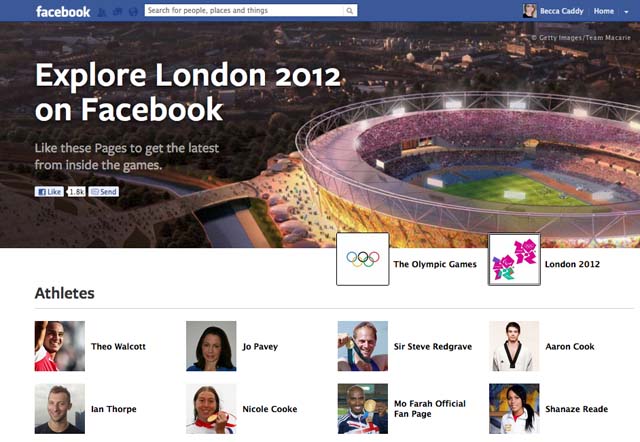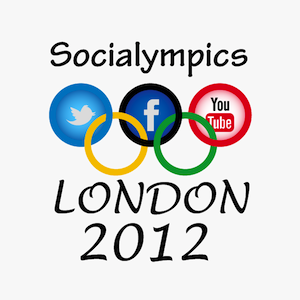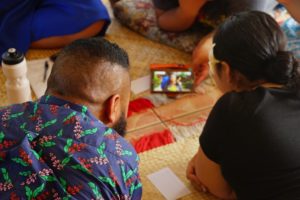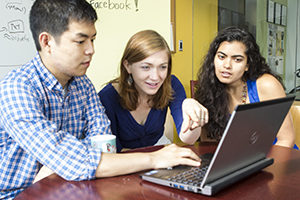Deemed by many fans and journalists as the first social media Olympics, or the “Socialympics,” the upcoming 2012 Summer Olympics in London will likely become the most viewed, reblogged, liked, tagged, tweeted, +1ed, and Instagrammed in history. As Alex Huot, International Olympic Committee (IOC) social media head, described to the New York Times, “We are at a dawn of a new age of sharing and connecting, and London 2012 will ignite the first conversational Olympic Games, thanks to social media platforms and technology.”
With social media-savvy Olympics spectators, London Games organizers, sponsors, and athletes are all taking to social media to mobilise attention. What are five interesting strategies to keep an eye on?
1. Conventional social media strategies that work
With 900 million Facebook users and 140 million Twitter users, Olympic organizers aim to boost their social media presence through the IOC Twitter feed with nearly 1 million followers and that of the London Olympic organizing team with over 750,000 followers. Moreover, in June, the official London Olympics Facebook pageavailabile in 22 languages was launched and already has 2.8 million users. These pages pique user interests with contests and photographs.

2. Social media integrating portals
The novel Olympic Athletes’ Hub serves as a central hub for fans to search and follow hundreds of athletes’ official Facebook and Twitter accounts, providing fans with streamlined access to real time updates from their favourite athletes. The website also will give fans the opportunity to chat with athletes, to win rewards for following them, and to get a sneak peek at the Olympic Village, allowing them to engage in the Olympics in a more intimate, innovative way.
3. Poignant video campaigns
Perhaps above all, sponsors have jumped at the opportunity to mobilise brand through social media output relating to the upcoming Games (to track this astronomical rise in social media presence among sponsors, Sociagility is updating an Olympic sponsor social media tracker). A leader in using social media to advertise, Olympic sponsor Procter & Gamble has undertaken an effective marketing campaign called “Thank You, Mom,” featuring videos of Olympic mothers on YouTube with views in the millions, as well as Facebook application allowing people to send thank yous to their own mothers.
4. Campaigns integrating online and offline components
German automobile company BMW is touring Great Britain via its #GoldenBMW convoy. The campaign gives Britons the chance to win tickets to the Games by taking a photo of the Golden BMW and sharing it on Twitter or Facebook. People are able to engage with the campaign and follow the action both in the physical world and in the digital world.
5. Interactive app users-turned-brand messengers
For its “Move to the Beat” marketing campaign, Coca-Cola commissioned Grammy Award-winning producer Mark Ronson and singer Katy B to create a song, “Anywhere in the World,” using sounds made by athletes while playing sport. The company made a music video of the song being performed at a London concert with thousands of attendees invited via Twitter. Coca-Cola’s Facebook and mobile applications allow people to customize the music video using their Facebook photos and to post or tweet the video. The apps have since given users the chance to produce a total of over three million customized music videos, serving as global brand messengers all while having some good, personalized fun.
In the coming months, we will see how social media affects all those involved in the London Games and how strategies might be applied to GP campaigns. In the mean time, share your thoughts on social media and how it may reshape the Olympics.
Categories:
strategy




